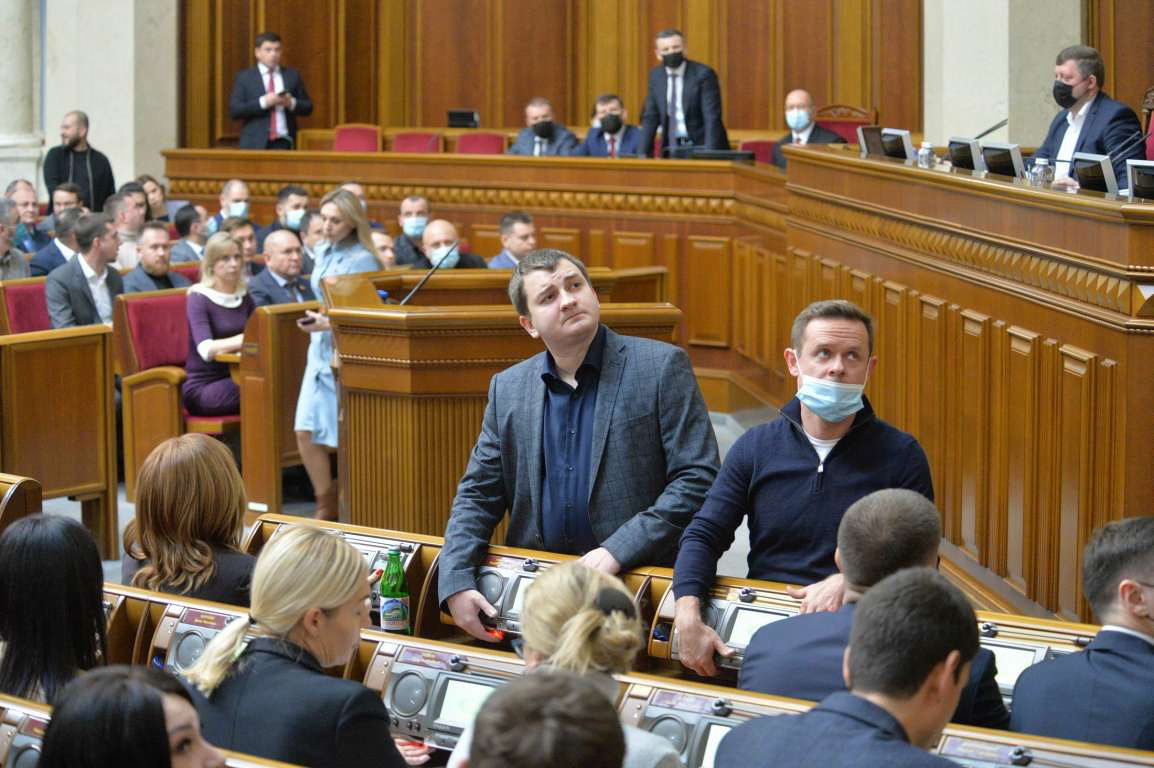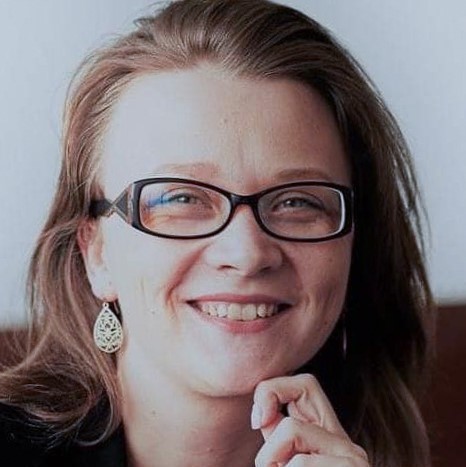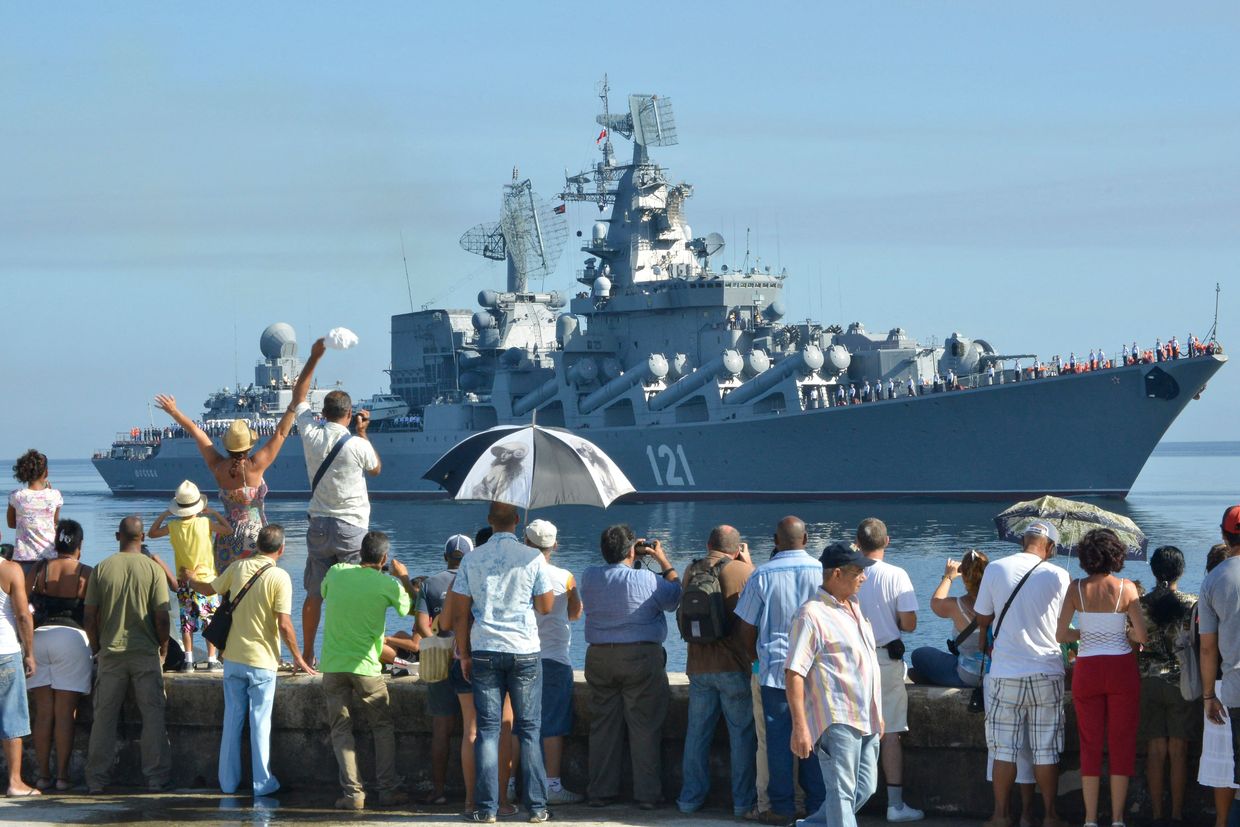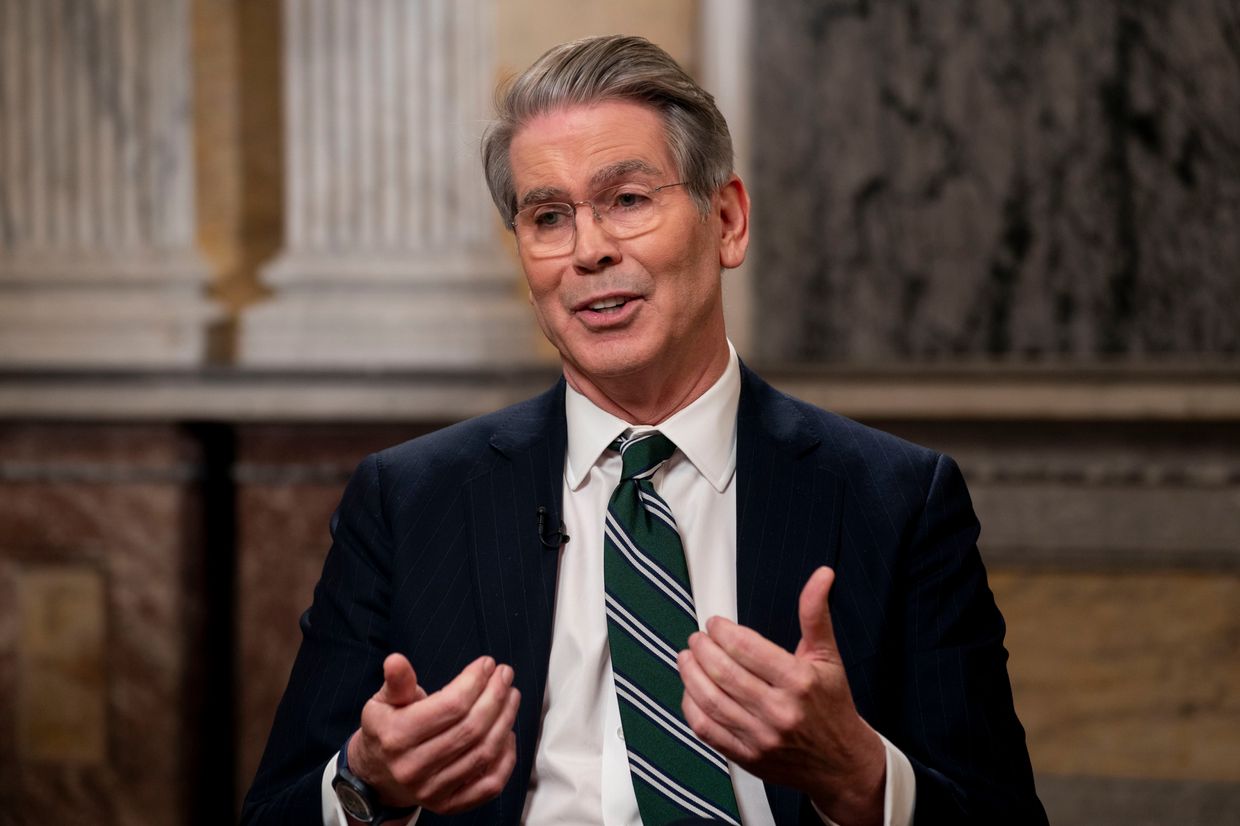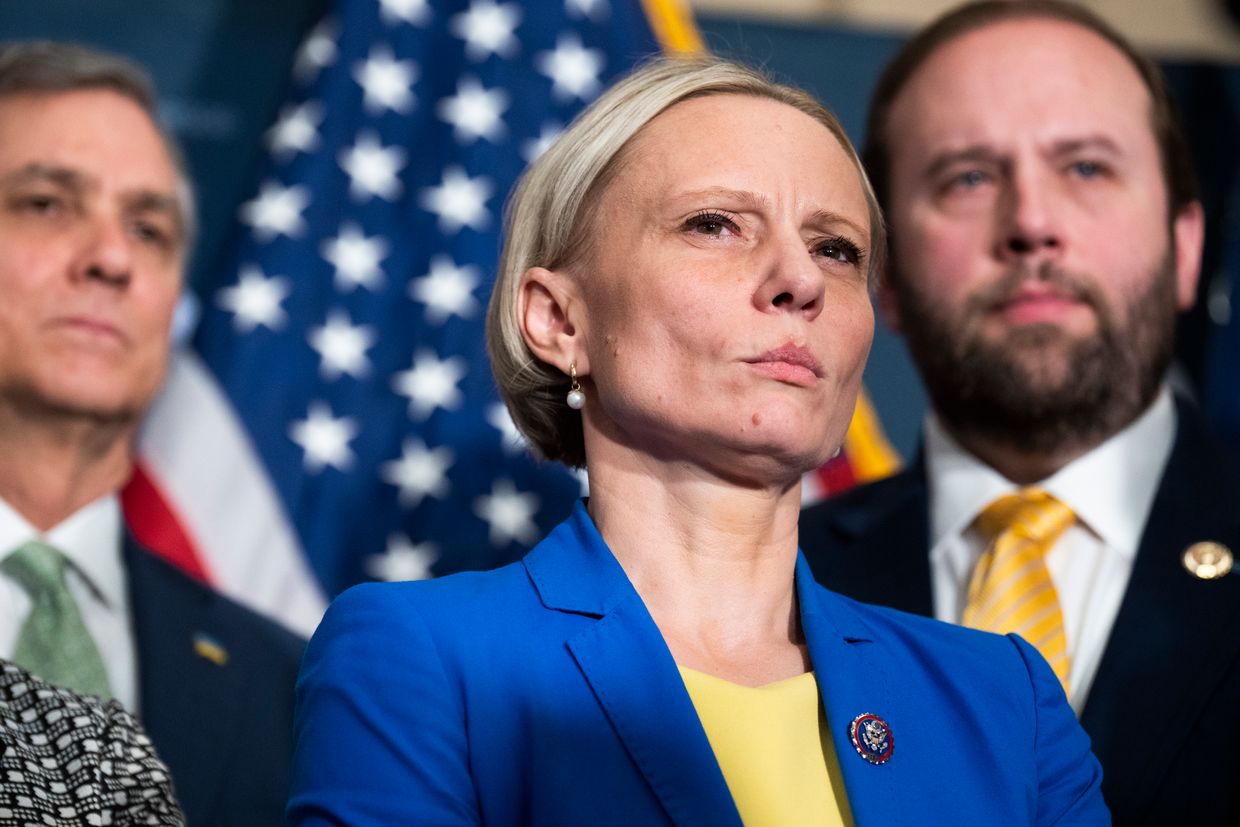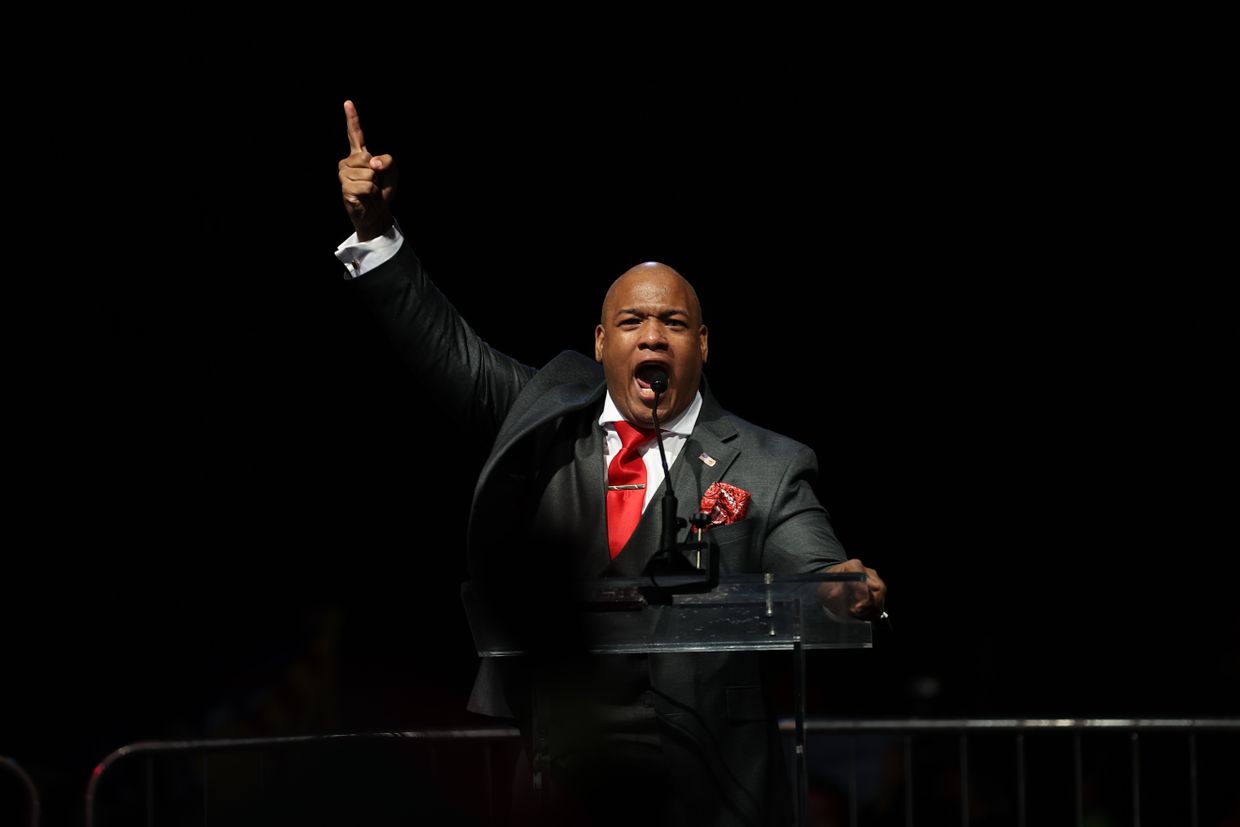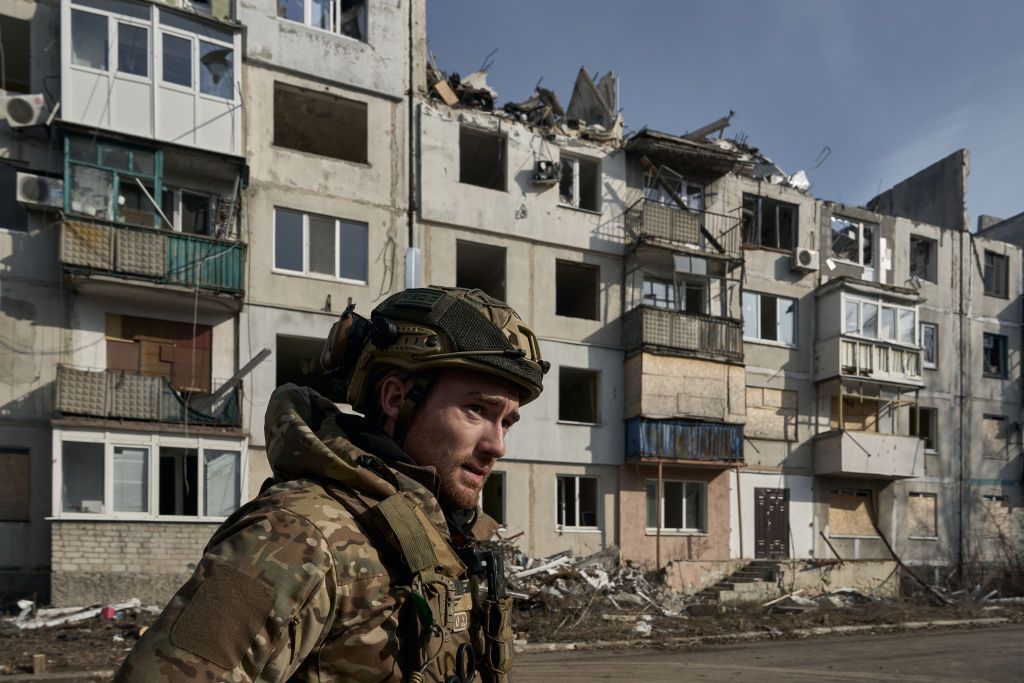On Dec. 10, President Volodymyr Zelensky signed into law the annual state budget for 2022.
A 4% spending increase coupled with a deficit cut necessitated by IMF conditions meant that the government had to find nearly $8 billion of extra revenue, creating several new taxes and hiking up existing ones, as well as relying on an economic recovery following the Covid-19 pandemic.
As the security threat from Russia grows, defense spending has been increased to record highs, while over $5 billion will be spent on much-touted infrastructure improvements.
Heavy industries such as coal and steel will be the hardest hit by higher levies on CO2 emissions and rail cargo transportation.
Despite the new spending promises, critics are unimpressed at the budget’s failure to make already meager minimum wages keep up with inflation.
Defense boost
Every fifth dollar of government spending will go into the nation’s security and defense sectors, totaling $10.5 billion, or almost 6% of gross domestic product.
“It is a record amount of funding for Ukraine,” said military expert Dmytro Snegirev. “NATO standards are up to 5% of GDP.”
In recent months, Russia has conducted a large military buildup along Ukraine’s border while demanding assurances from NATO that the alliance will not expand eastward. Russia has amassed approximately 100,000 troops and heavy weapons on the border.
At the same time, according to former member of parliament for the Samopomich party Tetiana Ostrikova, who used to sit on the parliamentary taxation and customs policy committee, not everything is as rosy as it appears in the defense budget plan.
The army will receive $4.6 billion, which is less than half the amount requested by the Defense Ministry. The rest of the defense budget will go to law enforcement.
Ukraine will spend $2.6 billion on the salaries of military personnel, $370 million more than last year. It will also spend $1.2 billion on a number of military projects such as the purchase of Turkish-produced Bayraktar drones.
Previously, the National Security and Defense Council requested the Cabinet of Ministers to allocate $11.7 billion for the security and defense sectors.
“It’s only 90% of what the Council asked for,” Ostrikova told The Kyiv Independent of the 2022 budget. “It’s a question of the government’s priorities, and where it sees a greater threat: inside the country or outside.”
For comparison, in 2020, the U.S. spent almost $780 billion on the defense sector, China – $252 billion, and Russia – $61.7 billion.
Still, Snegirev believes it’s a big step for a country that ignored its security issues for many years.
“The state reassessed the needs of the Armed Forces,” he said.
New revenues, expenses
Finance Minister Sergii Marchenko described the country’s financial plan for 2022 as “realistic and balanced.”
Next year, lawmakers expect to collect $48.7 billion in budget revenues, 16% more than in 2021.
Three key sources — value added tax ($21 billion), corporate income tax ($5.9 billion) and subsoil use rights ($2.5 billion) — are supposed to cover 60% of government earnings.
The budget deficit is projected at $6.9 billion, equal to 3.5% of gross domestic product. This is a quarter less than last year.
Reducing the deficit to 3.5% was one of the benchmarks laid out by the International Monetary Fund to extend its $5 billion loan program.
The IMF approved the latest $700 million loan tranche on Nov. 22. The deal was originally due to be approved in August, but was postponed by the lender due to skepticism about Ukraine’s progress with reforms.
Spending is projected at $56 billion, 4% above the 2021 budget. Nearly 40% of this, or $21.1 billion, will be spent on government debt servicing and repayments.
“This can be a threat to economic stability,” said Ostrikova. “The government can pay off debts only by refinancing. Without new borrowing, it will not be able to cover the deficit.”
Ukraine’s infrastructure projects for 2022 will cost $5.2 billion, the Finance Ministry reported on Dec. 8. Eighty-five percent of the allocated funds will be spent on road repairs under the Big Construction program championed by the president.
Other infrastructure spending includes: 70 new passenger rail cars worth $110 million; $74 million on railway infrastructure repairs; $130 million on the construction of two new airports for the cities of Dnipro and Uzhgorod, and repairs of Vinnytsia and Kherson airports.
The healthcare system will be another top priority. The state plans to allocate $7.2 billion, an increase of 14% from 2021, driven by a doubling of salaries for medical workers.
The average doctor’s salary, for instance, will reach $830.
“For the first time since independence, the budget takes into account the market salaries of medical workers,” the Health Ministry reported on Dec. 2.
“The main problem is that these salaries should be paid for real and on time,” said Ostrikova.
For education, the government decided to allocate around $5.7 billion, $520 million more than this year.
The Prosecutor General's Office will receive nearly $500 million, adding $77 million to last year's figure.
Spending on the President's Office has more than doubled from 2021, reaching $107 million.
Ukrainian science, as expected, was not a priority for the state. The government plans to spend $509 million, or paltry 0.3% of GDP, on the sphere.
“Everything was left unchanged, and the funding for science remains very low,” said Oleksiy Kolezhuk, chairman of the Scientific Committee of the National Council on Science and Technology.
Exchange rate and stagnant social indicators
Lawmakers set their inflation prediction at 7.2% for the next year.
For Ostrikova, this is an unrealistic figure. “It was already higher this year,” she said.
By the end of 2022, the budget projects the exchange rate between the hryvnia and the U.S. dollar at 28.7 to one. However, experts say that it might end up lower.
In this domino-principle situation, a higher rate installed by the government into the budget automatically gives a higher amount of collected customs duties.
A number of key economic indicators barely rose, not even catching up with inflation.
For instance, the minimum pension will go up by a modest $5.5, reaching $77 a month.
“This is the budget for poverty preservation,” said Ostrikova. “It sets out slow economic growth and a meager increase in social standards.”
The minimal monthly cost-of-living indicator will reach $92, according to the budget. However, according to the calculations made by the Social Policy Ministry, it should be twice as high.
“This is extremely bad, because then we can’t talk about a socially oriented economy,” said Economic Discussion Club member Oleg Pendzyn.
The country’s minimum wage will be increased by 3% in October, up to $247.
“Devalued by inflation, the minimum wage will (in fact) decrease,” said Ostrikova.



